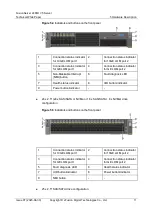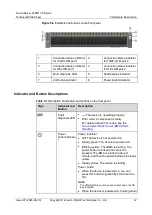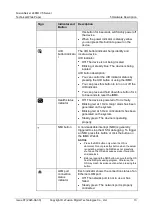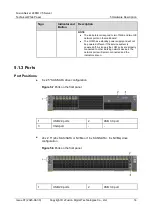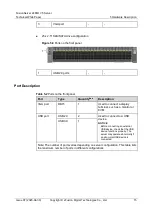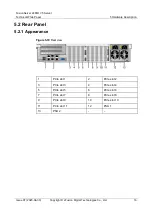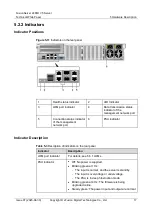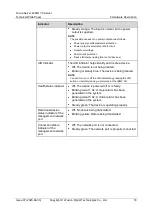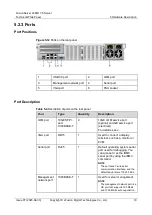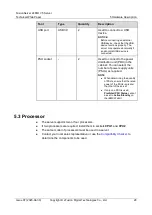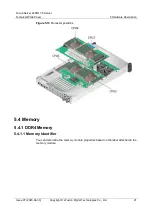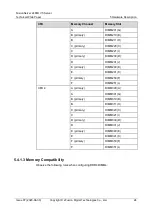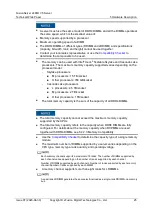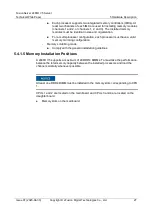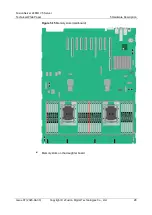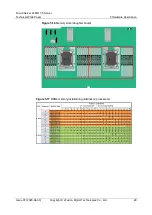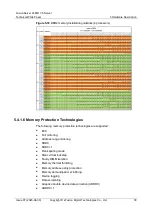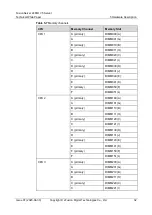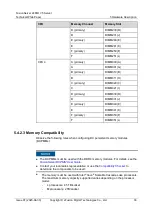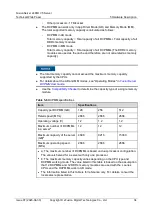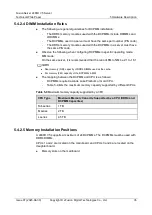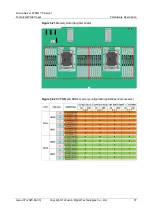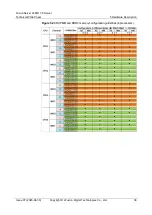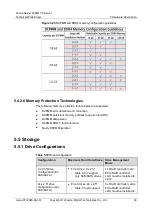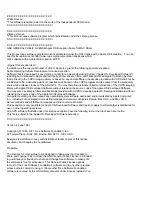
FusionServer 2488H V5 Server
Technical White Paper
5 Hardware Description
Issue 07 (2023-04-30)
Copyright © xFusion Digital Technologies Co., Ltd.
25
⚫
A server must use the same model of DDR4 DIMMs, and all the DIMMs operate at
the same speed, which is the smallest value of:
⚫
Memory speed supported by a processor
⚫
Maximum operating speed of a DIMM
⚫
The DDR4 DIMMs of different types (RDIMM and LRDIMM) and specifications
(capacity, bit width, rank, and height) cannot be used together.
⚫
Contact your local sales representative or use the
determine the components to be used.
⚫
The memory can be used with Intel
®
Xeon
®
Scalable Skylake and Cascade Lake
processors. The maximum memory capacity supported varies depending on the
processor model.
−
Skylake processors
◼
M processors: 1.5 TB/socket
◼
Other processors: 768 GB/socket
−
Cascade Lake processors
◼
L processors: 4.5 TB/socket
◼
M processors: 2 TB/socket
◼
Other processors: 1 TB/socket
⚫
The total memory capacity is the sum of the capacity of all DDR4 DIMMs.
⚫
The total memory capacity cannot exceed the maximum memory capacity
supported by the CPUs.
⚫
The total memory capacity refers to the capacity when DDR4 DIMMs are fully
configured. For details about the memory capacity when DCPMMs are used
together with DDR4 DIMMs, see 5.4.2.3 Memory Compatibility.
⚫
to determine the capacity type of a single memory
module.
⚫
The maximum number of DIMMs supported by a server varies depending on the
CPU type, memory type, rank quantity, and operating voltage.
Each memory channel supports a maximum of 8 ranks. The number of DIMMs supported by
each channel varies depending on the number of ranks supported by each channel:
Number of DIMMs supported by each channel ≤ Number of ranks supported by each memory
channel/Number of ranks supported by each DIMM
⚫
A memory channel supports more than eight ranks for LRDIMMs.
A quad-rank LRDIMM generates the same electrical load as a single-rank RDIMM on a memory
bus.

